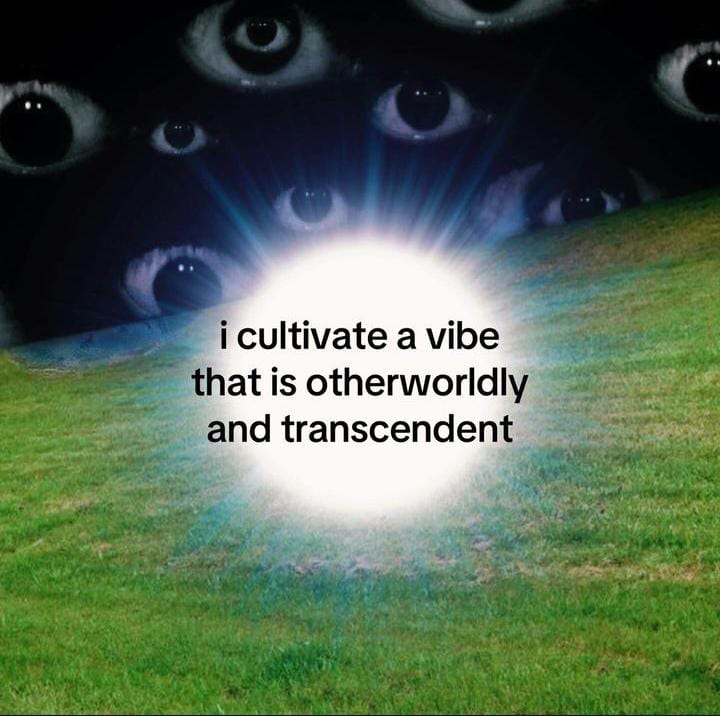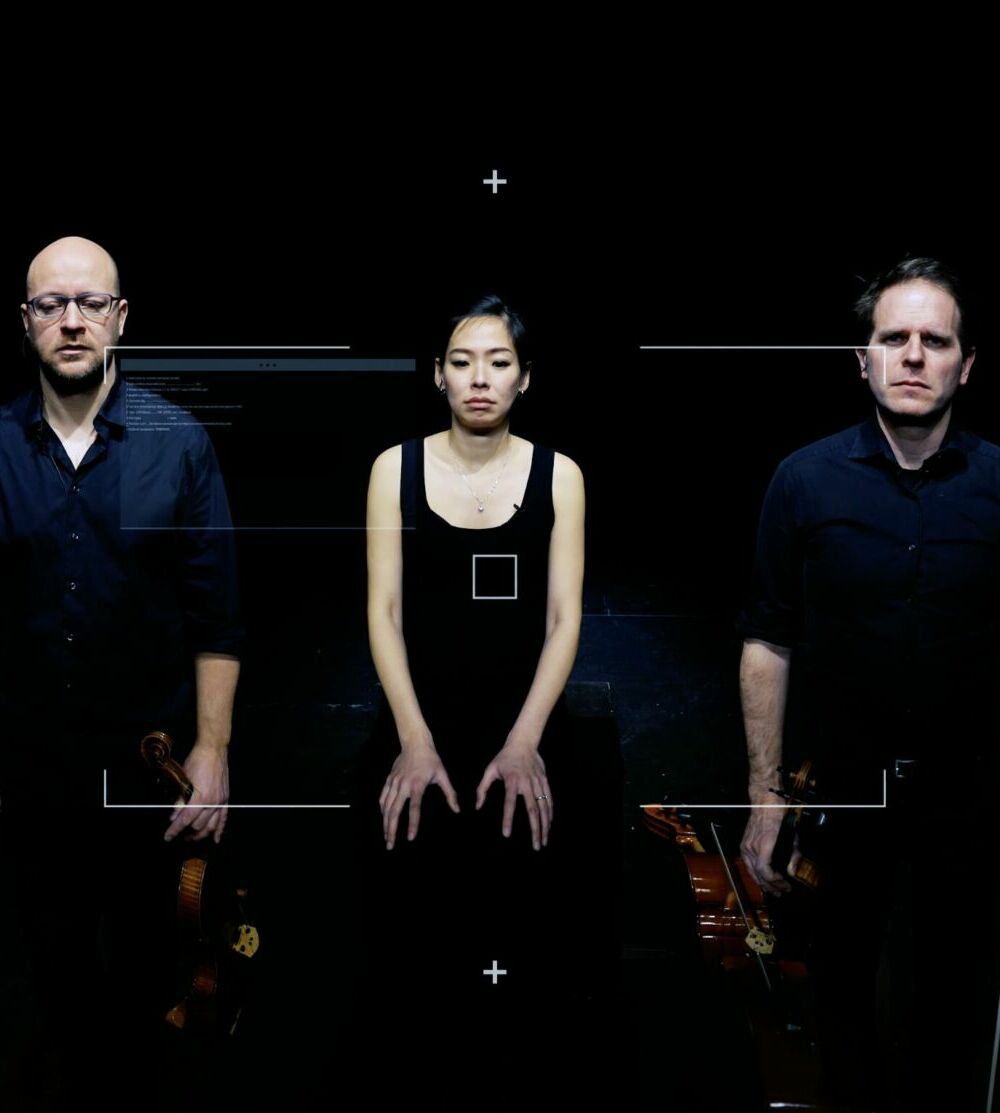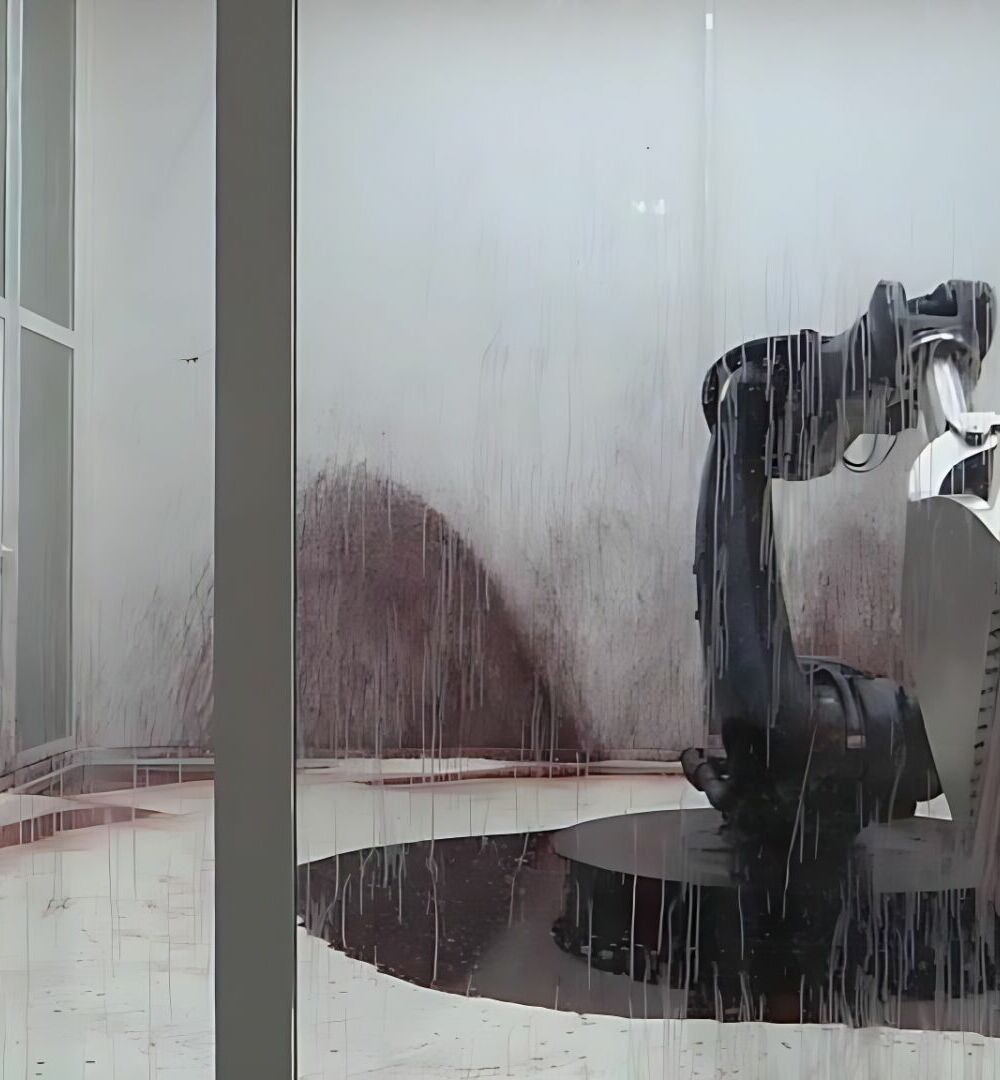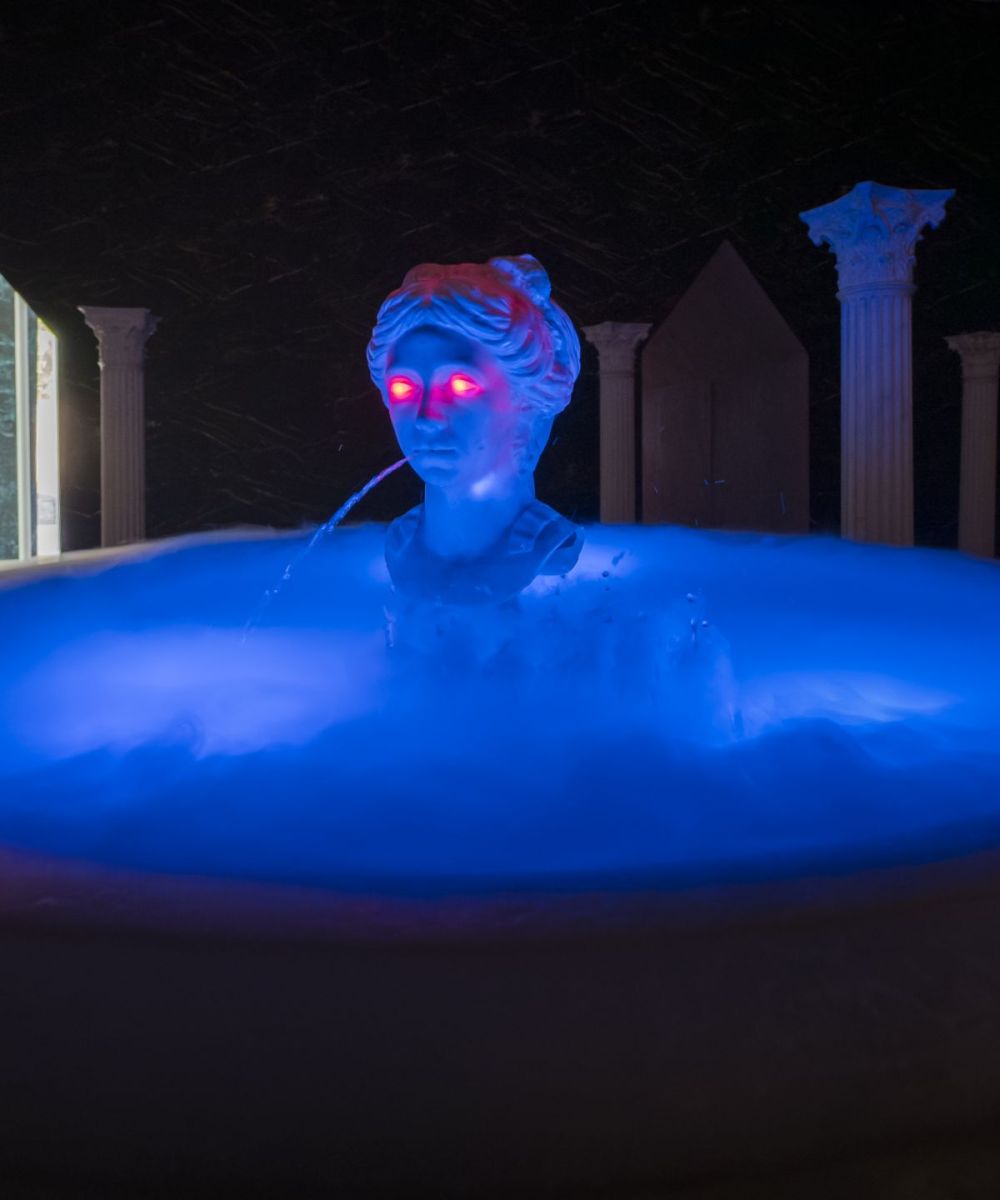Photography and digital transformation. Agglomerates by Giacomo Costa
by Serena Tabacchi
Giacomo Costa is a Florentine artist born in 1970. His borderline research work between photography and digital art has been exhibited in 2006 at the Venice Architecture Biennale and the Centre Pompidou in Paris, in 2011 at the Museum of Contemporary Art in Seoul, then at the Leopold Museum in Vienna and the Museum of Contemporary Art in Brisbane. What he portrays with his Art are hybrid landscapes suspended between a known present and a future yet to be explored, in which the sense of vertigo gives way to the most disenchanted imagination.

In your works we see huge abandoned buildings, soaring to vertiginous heights in search of the sky, disappearing in the fog of ghostly cities, projected towards a spatial future. What urge induces you to imagine these apocalyptic landscapes?
In 1976, when I was 6 years old I was mad about science fiction. At that time this type of narrative was becoming a form of expression for artists and an authentic literary trend for fans of this style of writing. At one stage, I was even convinced I was an alien, but when I told my classmates, they all made fun of me. One day I took a Polaroid camera and shot a photo in my grandmother’s courtyard. I inserted a flying saucer into the photo, an optical effect I created using collage that I had invented to amaze my friends and convince them that I truly came from outer space. I went to school with my Polaroid photo and the other kids were astounded. Photographic collage techniques were not very well known at that time and at least I had managed to create a modified image that seemed real, but naturally, it was an optical illusion that I had created by sticking a little flying saucer onto a window of our house, but in the photo I was able to trick my teachers and my classmates without much effort. Nobody was able to find an explanation for my Polaroid photo and for a while I became a whizz-kid that people used to talk about.
My grandfather was an amateur photographer, and perhaps thanks to him, photography became an important part of my life. For me photography is a form of expression that I use in exactly the same way I did when I was a child, a way to misrepresent reality. Then I began to reflect on this ambiguity, not on the photograph as a narrative or documentation, but as an instrument to provide a form for my stories, projecting imaginary worlds through realistic photos.
The Agglomerates are among some of the first compositions you used to approach technology. How did you move into the world of artificial intelligence?
I began working in analogue, then when computers arrived, I immediately tried to use early Photoshop instruments that helped me develop my first imaginary architectures, the “Agglomerates”. Later, after 2002, I started using 3D modelling programs to continue with the rest of my artistic research. In 1996, I submitted an Agglomerate at the Artissima exhibition in Turin. The first reactions were totally conflicting. Some people tried to discover the trick, while others were simply fascinated by the effect, just like my classmates many years before. Initially, I used a scanner to digitalize slides that I later processed using Photoshop, continuing further by building up collages that I printed on traditional photographic paper. Back then, these techniques were not very common and I had to experiment with what was available to achieve credible results and with satisfying compositions.
In the beginning, my idea was to use these cities as a way to describe my state of mind. I was born in a city, but I have always loved the mountains and the sense of belonging that only nature can convey at a certain altitude. I saw the city as dystopic chaos and I described this claustrophobic feeling in my images. It was through this method – in other words, through science fiction and make-believe- that I began to reflect on the concept of the city as a representation of my state of mind. I decided to use architecture as a metaphor of human behaviour and the way we relate to one another in overpopulated social contexts, like cities, where there is little contact with nature. This is what digital technology represents for me: an instrument that allows me to portray different worlds in a hyper-realistic way, basically describing what I see in my mind’s eye. Perhaps this concept is part of my impression of feeling slightly alien, since it seems to be a world I don’t understand, despite the great intelligence that identifies us and distinguishes us from other animal species.
In your works, light creates a dreamlike atmosphere… what role does this element play in your research?
Light is the heart of photography, but which at the same time, can become a nightmare for a photographer. You have to wait for the right moment, the perfect cloud, to capture the effect you want to recreate. When I started working with digital, I had the impression I could do whatever I wanted with light. I could create any kind of atmosphere inside or outdoors without waiting for the sun to follow its course. So, light can be used as if it is truly the creator of reality, lighting up the world exactly as I want it to. For me, being able to create my own light, to compose those imaginary atmospheres, was incredibly liberating and a powerful instrument of expression.


















